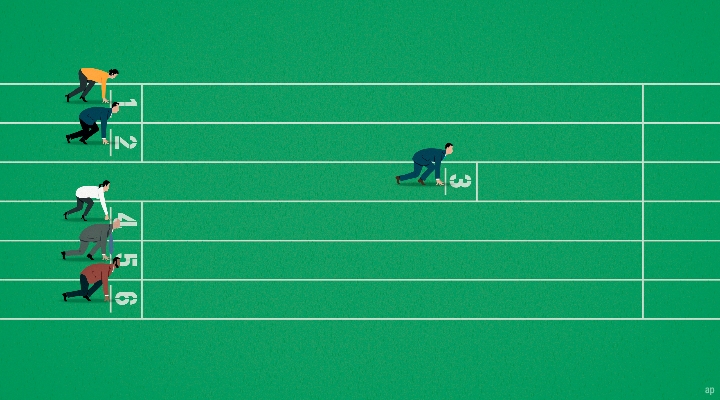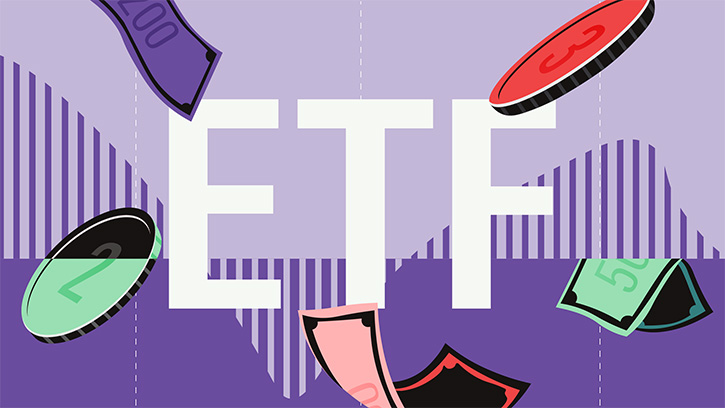
In February, the listof best performing Exchange traded products (ETPs) was topped by Lyxor MSCI Greece UCITS ETF Dist (GRE), up by 10.2% in the month.
The growing expectation of a major sovereign rating upgrade that will return Greece to investment grade, possibly within two months, and the European Commission's positive estimates of Greek and eurozone economic performance for this year, gave Greek stock prices a new boost in February.
Obtaining investment grade status will support the domestic stock market and help attract new capital from long-term investors, as well as upgrading the Greek market from an emerging into a developed market.
Moreover, Greece's jobless rate eased to 10.8% in January, down from an upwardly revised 12.4% in December, data from statistics service ELSTAT showed last week.
February was a positive month for the Turkish stock market as well, up almost 8%. After almost a week's closure following the devastating earthquake, the Istanbul Stock Exchange reopened, buoyed by measures taken by the government to turn around after heavy post-earthquake losses. For example, the Turkish authorities channelled billions of lira from pension funds and state-owned credit institutions into the stock market and encouraged buybacks.
Finally, European banks enjoyed a stellar fourth quarter that yielded a surge in earnings growth to 15-year highs. The Amundi ETF MSCI Europe Banks UCITS ETF (CB5) gained 20% in the first two months of 2023. Indeed, the European Central Bank’s campaign to raise interest rates as it fights to bring inflation back to its 2% target has been a boon for Eurozone lenders.
The Laggards
The worst performing ETFs in February were largely exposed to industrial metals and mining stocks.
After a strong start to 2023, industrial metals in February have lost most of the gains made during the month of January, pushed by support from lower inventories and the reopening in China as the country eased the zero-Covid policy.
Db Physical Rhodium ETC (XRH0) lost 21.3% last month, followed by WisdomTree Nickel (NICK), which shed 17%.
According to the International Nickel Study Group (INSG), the global nickel market went from being in deficit to surplus in 2022. The supply of what is a key metal element for electric vehicle batteries exceeded demand by 112,000 tonnes last year, the largest surplus since 2014, according to INSG calculations.
The mining sector also did poorly, with five ETFs dedicated to companies active in precious metal mining among the worst performers of the month. The price of gold rose steadily between the beginning of November and the end of January, but then reversed course again and is now around the level of the beginning of the year, at $1,850 per ounce.
The Biggest
Monthly top and flop performers often coincide with very volatile and therefore risky products, which should play a satellite role in your portfolio. As such, we also include an overview of the biggest European-domiciled ETPs in terms of assets, which could be more appropriate to consider among core holdings. Performance in February 2023 range from 1.8% for the iShares Core FTSE 100 UCITS ETF GBP (ISF), down to the iShares Core MSCI EM IMI UCITS ETF USD (EIMI),which lost 4.5%.
Methodology
According to Morningstar data, there are about 31 percentage points between the best and worst performing exchange traded products (ETPs) in February, with returns for the month ranging from 10.2% to -21.3%.
We have looked at the key trends in the second month of the year, excluding inverse and leveraged funds. These instruments, being purely passive products, reflect the evolution of the markets without the bias (good or bad) of an active manager.




























